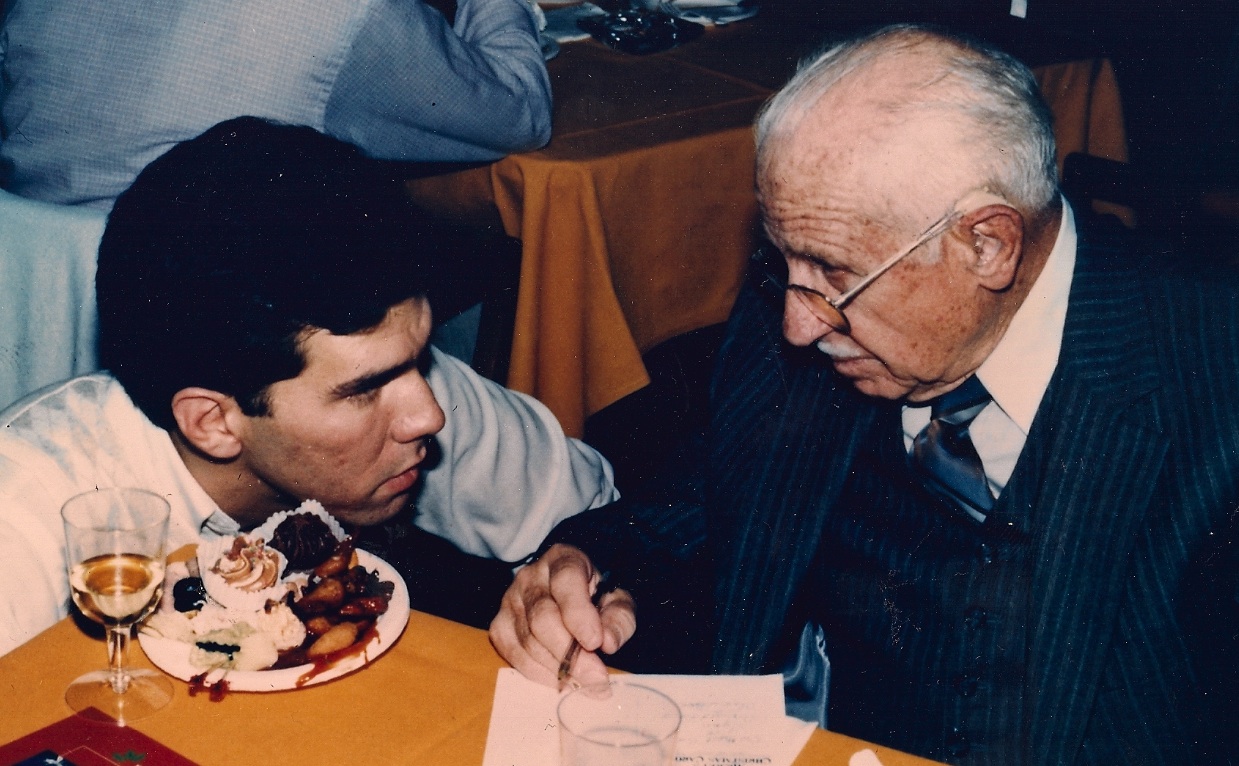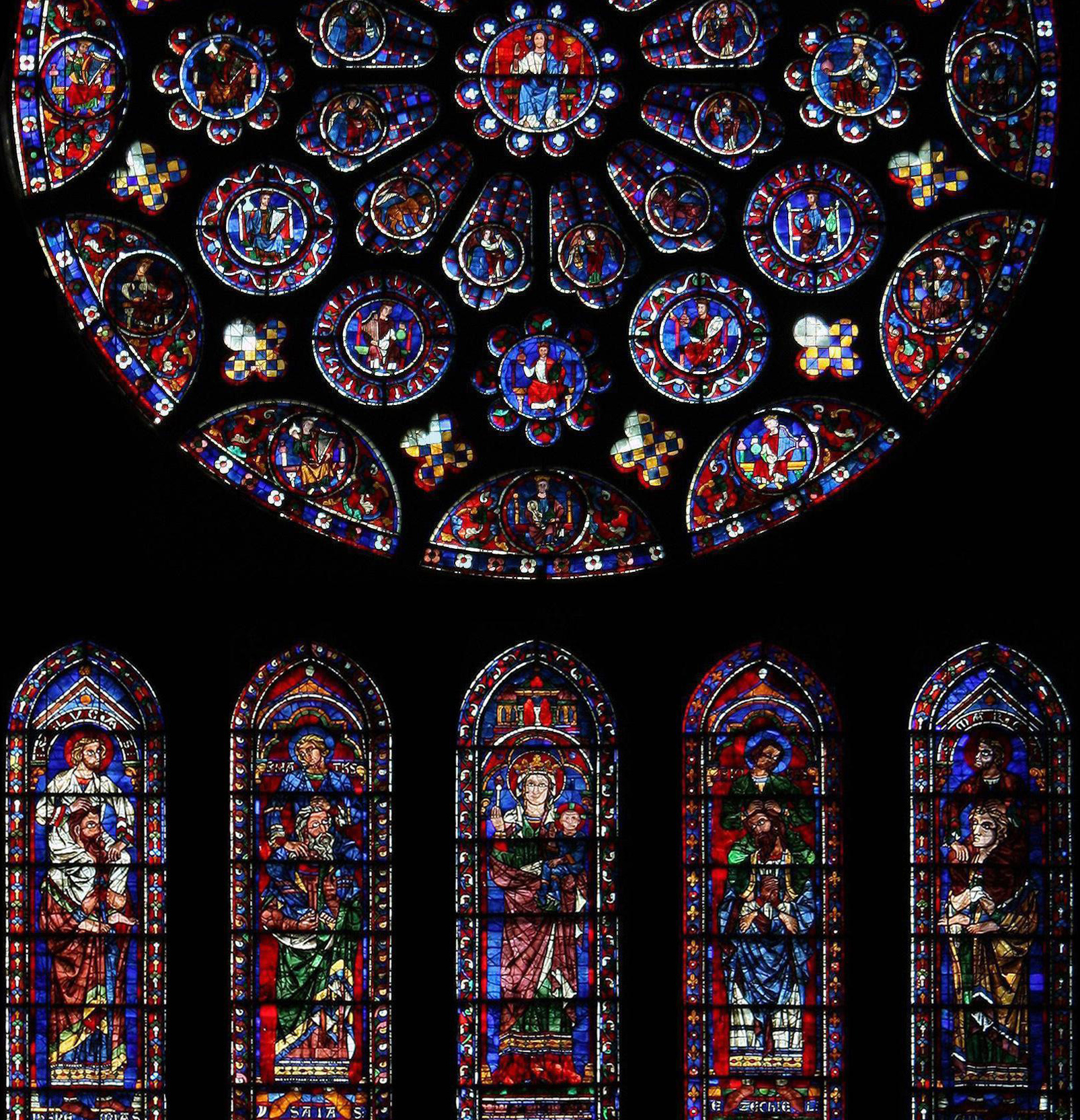|
Derivative Works
In copyright law, a derivative work is an expressive creation that includes major copyrightable elements of a first, previously created original work (the underlying work). The derivative work becomes a second, separate work independent from the first. The transformation, modification or adaptation of the work must be substantial and bear its author's personality sufficiently to be original and thus protected by copyright. Translations, Film adaptation, cinematic adaptations and Arrangement, musical arrangements are common types of derivative works. Most countries' legal systems seek to protect both original and derivative works. They grant authors the right to impede or otherwise control their integrity and the author's commercial interests. Derivative works and their authors benefit in turn from the full protection of copyright without prejudicing the rights of the original work's author. Definition Berne The Berne Convention for the Protection of Literary and Artistic Work ... [...More Info...] [...Related Items...] OR: [Wikipedia] [Google] [Baidu] |
Rebecca Tushnet
Rebecca Tushnet (born April 4, 1973) is an American legal scholar. She serves as the Frank Stanton Professor of First Amendment Law at Harvard Law School. Her scholarship focuses on copyright, trademark, First Amendment, and false advertising. In addition to her general scholarship, Tushnet is known for her fanfiction-related scholarship and her legal advocacy work for the Organization for Transformative Works, a nonprofit fandom-related project that supports fanworks (such as fanfiction) through preservation and advocacy. Biography Education Tushnet was a policy debater at Harvard, getting to finals of the National Debate Tournament in 1992 and 1995, she received an A.B. from Harvard University in 1995, and earned her J.D. from Yale Law School in 1998.Tushnet CV , University of Chicago. Retrieved November 24, 2019. ... [...More Info...] [...Related Items...] OR: [Wikipedia] [Google] [Baidu] |
Collective Work (US)
A collective work in the copyright law of the United States is a work that contains the works of several authors assembled and published into a collective whole. The owner of the work has the property rights in the collective work, but the authors of the individual works may retain rights in their contributions. Electronic reproduction of the whole work is allowed, but electronic reproduction of the individual works on their own, outside the context of the work as a whole, may constitute an infringement of copyright. Definition The Copyright Act of 1976, section 101, defines a collective work as "a work, such as a periodical issue, anthology, or encyclopedia, in which a number of contributions, constituting separate and independent works in themselves, are assembled into a collective whole". It is protected as long as the "author" can show that the selection and organization of the contributions is original, and that these contribution can themselves be protected, as opposed to b ... [...More Info...] [...Related Items...] OR: [Wikipedia] [Google] [Baidu] |
Pluto (Disney)
Pluto is an American cartoon character created by Walt Disney and Norm Ferguson. He is a yellow-orange color, medium-sized, short-haired dog with black ears. Unlike most Disney characters, Pluto is not anthropomorphic beyond some characteristics such as facial expression. He is Mickey Mouse's pet. Officially a mixed-breed dog, he made his debut as a bloodhound in the Mickey Mouse cartoon '' The Chain Gang''. Together with Mickey Mouse, Minnie Mouse, Donald Duck, Daisy Duck, and Goofy, Pluto is one of the "Sensational Six"—the biggest stars in the Disney universe. Though all six are non-human animals, Pluto alone is not dressed as a human. Pluto debuted in animated cartoons and appeared in 24 ''Mickey Mouse'' films before receiving his own series in 1937. All together Pluto appeared in 89 short films between 1930 and 1953. Several of these were nominated for an Academy Award, including '' The Pointer'' (1939), '' Squatter's Rights'' (1946), '' Pluto's Blue Note'' (1947), ... [...More Info...] [...Related Items...] OR: [Wikipedia] [Google] [Baidu] |
Donald Duck
Donald Fauntleroy Duck is a cartoon character created by the Walt Disney Company. Donald is an Anthropomorphism, anthropomorphic white duck with a yellow-orange bill, legs, and feet. He typically wears a sailor suit, sailor shirt and cap with a bow tie. Donald is known for his Donald Duck talk, semi-intelligible speech and his mischievous, temperamental, and pompous personality. Along with his friend Mickey Mouse, Donald was included in ''TV Guide''s list of the 50 greatest cartoon characters of all time in 2002, and has earned a star on the Hollywood Walk of Fame. He has appeared in more films than any other Disney character. Donald Duck appeared in comedic roles in animated cartoons. Donald's first appearance was in ''The Wise Little Hen'' (1934), but it was his second appearance in ''Orphan's Benefit'' that same year that introduced him as a temperamental comic Foil (narrative), foil to Mickey Mouse. Throughout the next two decades, Donald appeared in over 150 theatrical fil ... [...More Info...] [...Related Items...] OR: [Wikipedia] [Google] [Baidu] |
Mickey Mouse
Mickey Mouse is an American cartoon character co-created in 1928 by Walt Disney and Ub Iwerks. The longtime icon and mascot of the Walt Disney Company, Mickey is an anthropomorphic mouse who typically wears red shorts, large shoes, and white gloves. He is often depicted with a Mickey Mouse universe, cast of characters including his girlfriend Minnie Mouse, his pet dog Pluto (Disney), Pluto, his best friends Donald Duck and Goofy, and his nemesis Pete (Disney), Pete. Mickey was created as a replacement for a prior Disney character, Oswald the Lucky Rabbit. The character was originally to be named "Mortimer Mouse", until Disney's wife, Lillian Disney, Lillian, suggested "Mickey". Mickey first appeared in two 1928 shorts ''Plane Crazy'' and ''The Gallopin' Gaucho'' (which were not picked up for distribution) before his public debut in ''Steamboat Willie'' (1928). The character went on to appear in over 130 films, mostly shorts as well as features such as ''Fantasia (1940 film) ... [...More Info...] [...Related Items...] OR: [Wikipedia] [Google] [Baidu] |
Feist V
Feist may refer to: People * Feist (singer) Leslie Feist (born February 13, 1976), known mononymously as Feist, is a Canadian indie pop singer-songwriter and guitarist, performing both as a solo artist and as a member of the indie rock group Broken Social Scene. Feist launched her solo ... (born 1976), Canadian indie pop singer-songwriter and guitarist * Felix E. Feist (1910–1965), American film and television director and writer * Gene Feist (1923–2014), American playwright, theater director and co-founder of the Roundabout Theater Company * Gregory J. Feist (born 1961), American psychologist * Leo Feist (1869–1930), publisher of popular American music * Margot Honecker (; 1927–2016), East German politician * Mathias Feist (born 1961), ChessBase and Fritz programmer * Rainer Feist (1945–2007), officer in the German Navy * Raymond E. Feist (born 1945), American fantasy fiction author * Sigmund Feist (1865–1943), German Jewish pedagogue and historical li ... [...More Info...] [...Related Items...] OR: [Wikipedia] [Google] [Baidu] |
Originality
Originality is the aspect of created or invented works that distinguish them from reproductions, clones, forgeries, or substantially derivative works. The modern idea of originality is according to some scholars tied to Romanticism, by a notion that is often called romantic originality.Smith (1924)Waterhouse (1926)Macfarlane (2007) The validity of "originality" as an operational concept has been questioned. For example, there is no clear boundary between "derivative" and "inspired by" or "in the tradition of." The concept of originality is both culturally and historically contingent. For example, unattributed reiteration of a published text in one culture might be considered plagiarism but in another culture might be regarded as a convention of veneration. At the time of Shakespeare, it was more common to appreciate the similarity with an admired classical work, and Shakespeare himself avoided "unnecessary invention". Royal Shakespeare Company (2007) ''The RSC Shakespeare - ... [...More Info...] [...Related Items...] OR: [Wikipedia] [Google] [Baidu] |
Ethos
''Ethos'' is a Greek word meaning 'character' that is used to describe the guiding beliefs or ideals that characterize a community, nation, or ideology; and the balance between caution and passion. The Greeks also used this word to refer to the power of music to influence emotions, behaviors, and even morals. Early Greek stories of Orpheus exhibit this idea in a compelling way. The word's use in rhetoric is closely based on the Greek terminology used by Aristotle in his concept of the three artistic proofs or modes of persuasion alongside pathos and logos. It gives credit to the speaker, or the speaker is taking credit. Etymology and origin ''Ethos'' (, ; ''plurals:'' ''ethe'', ; ''ethea'', ) is a Greek word originally meaning "accustomed place" (as in "the habitats of horses/", ''Iliad'' 6.511, 15.268), "custom, habit", equivalent to Latin ''mores''. ''Ethos'' forms the root of ''ethikos'' (), meaning "morality, showing moral character". As an adjective in the neuter pl ... [...More Info...] [...Related Items...] OR: [Wikipedia] [Google] [Baidu] |
Copyleft
Copyleft is the legal technique of granting certain freedoms over copies of copyrighted works with the requirement that the same rights be preserved in derivative works. In this sense, ''freedoms'' refers to the use of the work for any purpose, and the ability to modify, copy, share, and redistribute the work, with or without a fee. Licenses which implement copyleft can be used to maintain copyright conditions for works ranging from computer software, to documents, art, and scientific discoveries, and similar approaches have even been applied to Patentleft, certain patents. Copyleft software licenses are considered ''protective'' or ''reciprocal'' (in contrast with Permissive software license, permissive free software licenses): they require that information necessary for reproducing and modifying the work be made available to recipients of the software program. This information is most commonly in the form of source code files, which usually contain a copy of the license terms ... [...More Info...] [...Related Items...] OR: [Wikipedia] [Google] [Baidu] |
Standing On The Shoulders Of Giants
The phrase "standing on the shoulders of giants" is a metaphor which means "using the understanding gained by major thinkers who have gone before in order to make intellectual progress". It is a metaphor of Dwarf (mythology), dwarfs standing on the shoulders of giants () and expresses the meaning of "discovering truth by building on previous discoveries". This concept has been dated to the 12th century and, according to John of Salisbury, is attributed to Bernard of Chartres. Its most familiar and popular expression occurs in a 1675 letter by Isaac Newton: "if I have seen further [than others], it is by standing on the shoulders of giants." Early references Middle Ages The earliest documented attestation of this aphorism appears in 1123 in William of Conches's Glosses on Priscian's ''Institutiones grammaticae''. Where Priscian says ''quanto juniores, tanto perspicaciores'' (young men simply can see more sharply), William writes: The ancients had only the books which they the ... [...More Info...] [...Related Items...] OR: [Wikipedia] [Google] [Baidu] |



